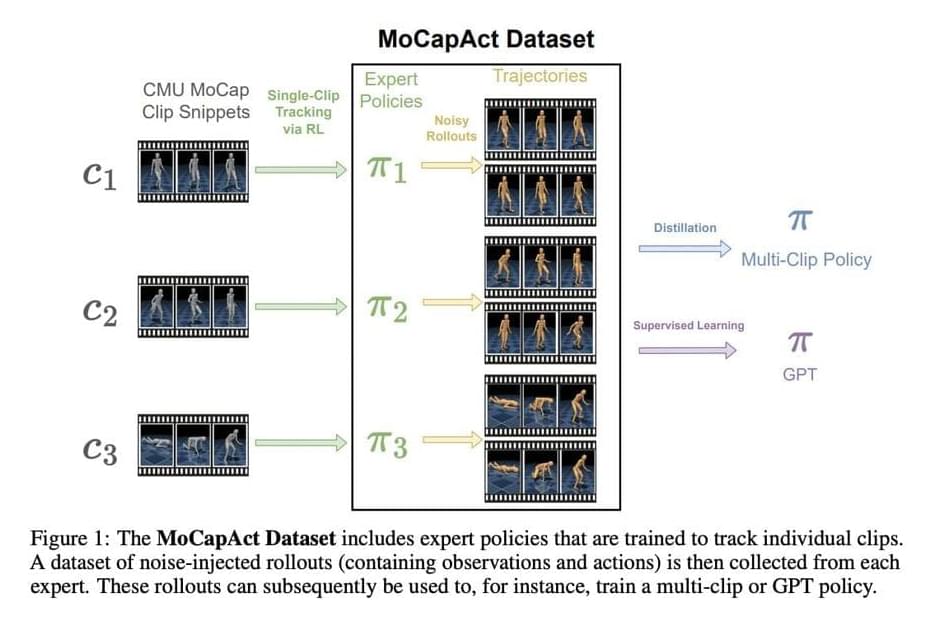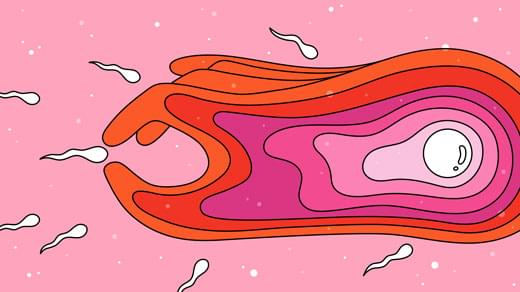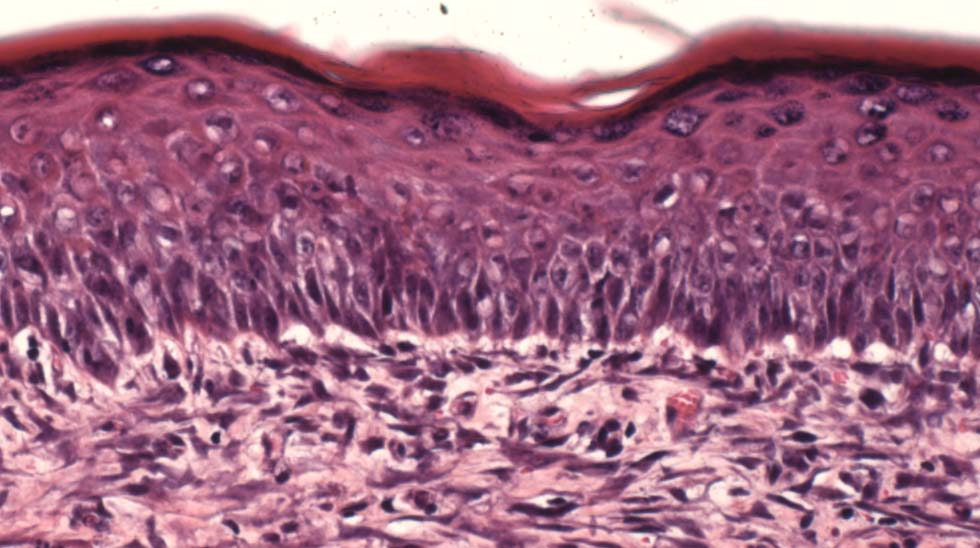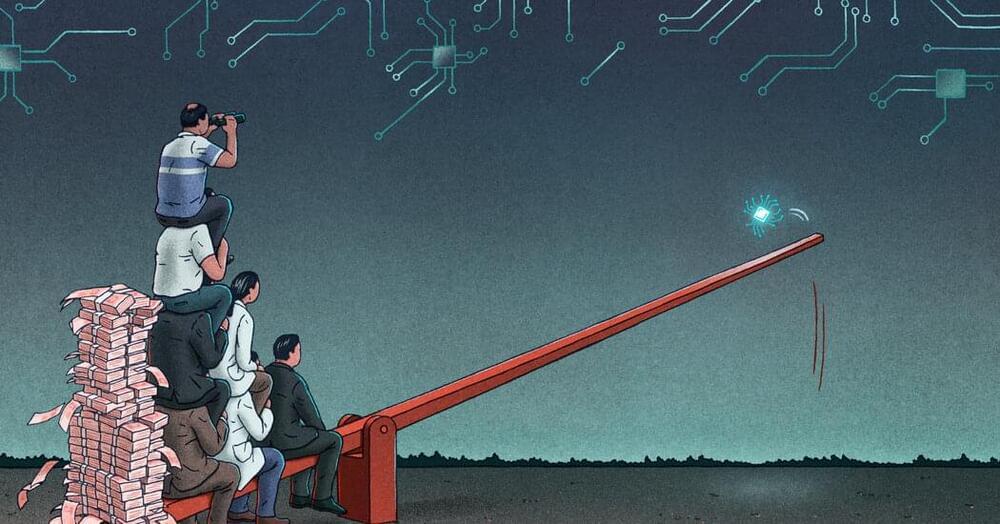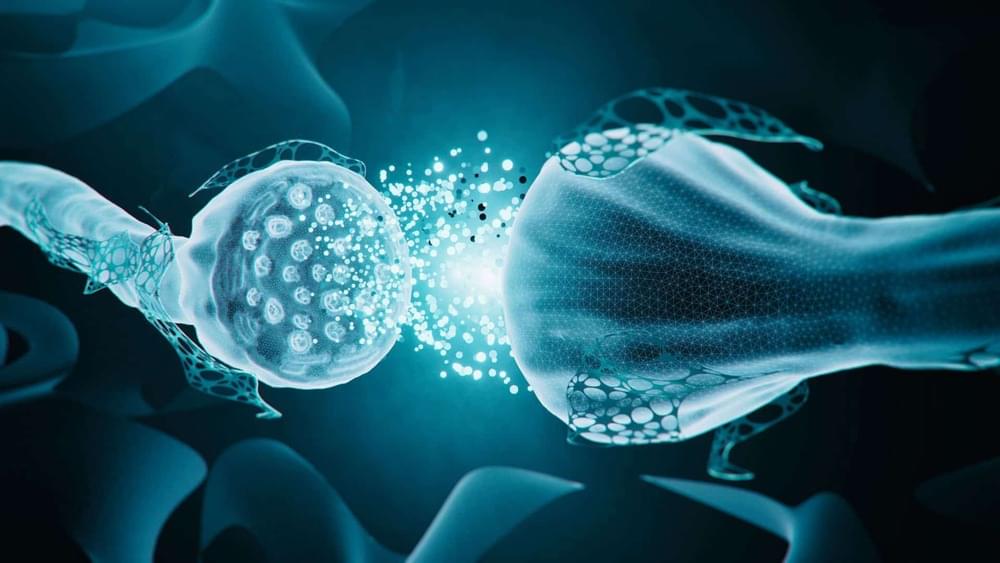When astronomers use radio telescopes to gaze into the night sky, they typically see elliptical-shaped galaxies, with twin jets blasting from either side of their central supermassive black hole. But every once in a while—less than 10% of the time—astronomers might spot something special and rare: An X-shaped radio galaxy, with four jets extending far into space.
Although these mysterious X-shaped radio galaxies have confounded astrophysicists for two decades, a new Northwestern University study sheds new insight into how they form—and its surprisingly simple. The study also found that X-shaped radio galaxies might be more common than previously thought.
The study will be published on Aug. 29 in The Astrophysical Journal Letters. It marks the first large-scale galaxy accretion simulation that tracks the galactic gas far from the supermassive black hole all the way toward it.


